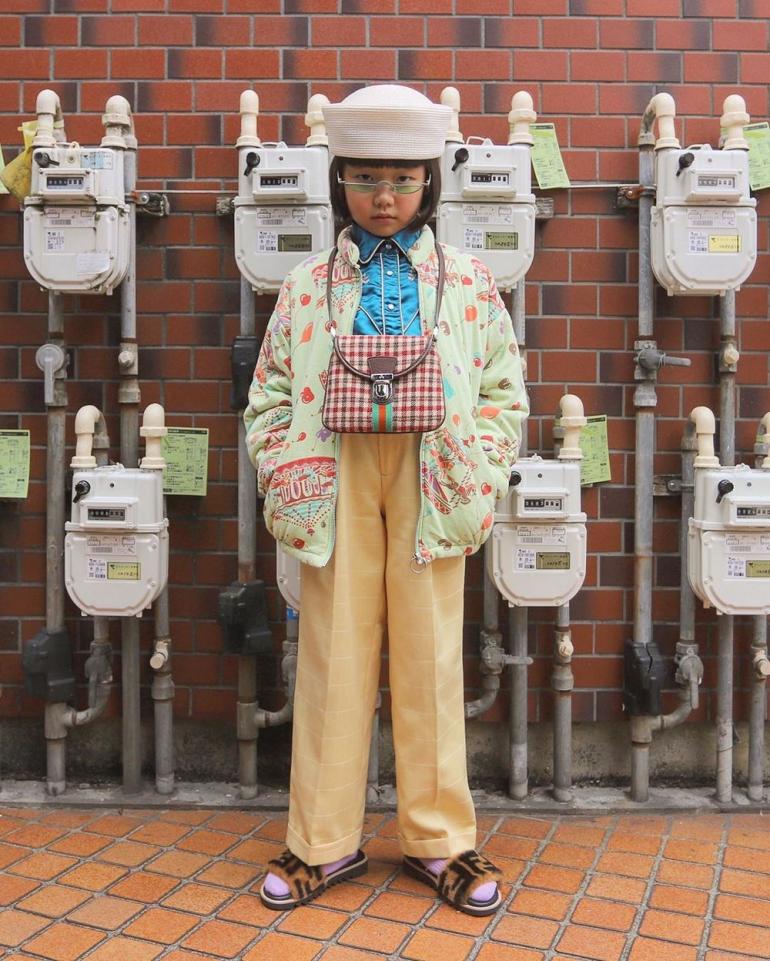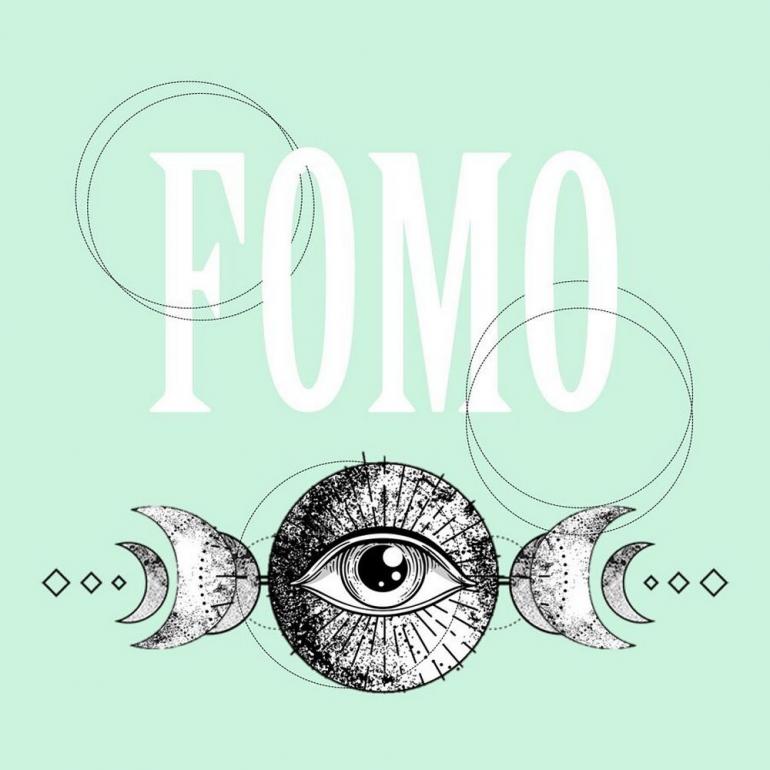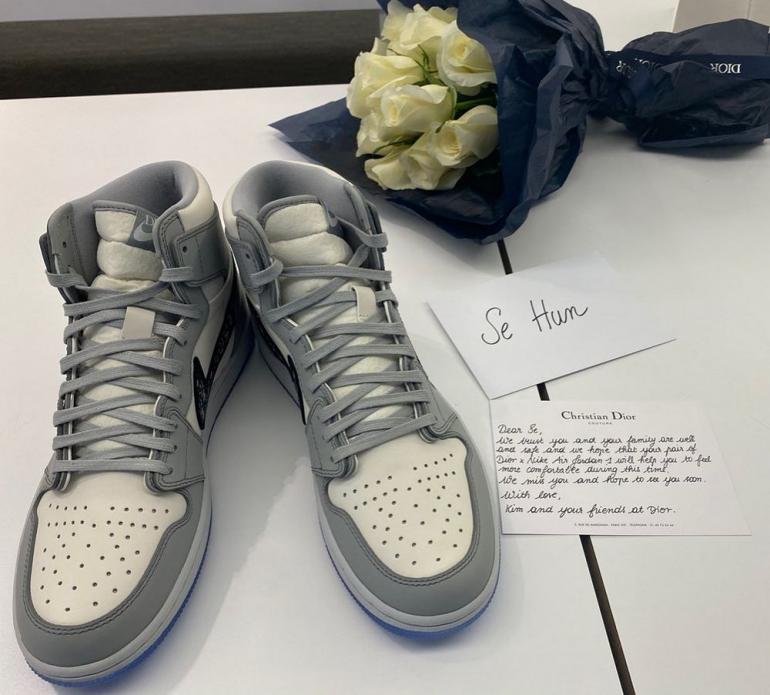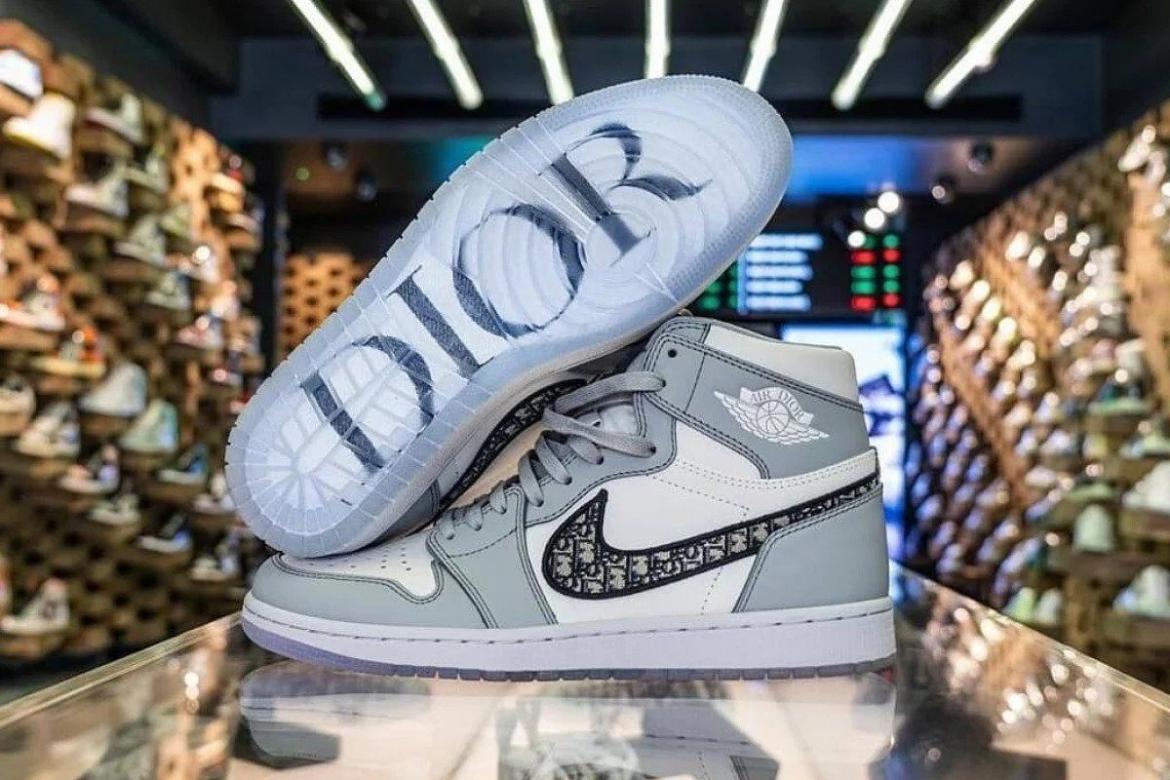This story is part of STYLE’s Inside Luxury column When most people think about luxury, they think about few customers and small quantities. This misconception shows that luxury is actually one of the most elusive branding concepts. You will hardly find two people who will fully agree what luxury is. Few comprehensive definitions exist. And many managers of luxury brands have difficulties in keeping up with the rapid change of what luxury means for customers.
Many brands still think too traditionally. When brands are in despair and don’t know what to do, a typical question I hear is: “our strategy worked for the last two decades, why doesn’t it work any more?” Over the course of the last few months I had several hundred managers in my luxury masterclasses all around the world, and one theme is recurring: luxury managers are aware that their brands aren’t relevant to millennials (roughly, those aged 20 to 40) today.
This is bad news because the Generation Z (those under 20) is rapidly becoming more influential and will further disrupt the luxury sector.

Their expectations and habits are even more disruptive and threaten the survival of many traditional luxury brands. Prada and Burberry have initiated substantial change processes to adapt, but more work is needed as the sluggish results triggering the recent restructuring at Burberry suggests.
As a result, it will be critical for luxury brands to develop the skills and technologies necessary to survive the dramatic changes of the decade ahead. That’s because, according to our extensive research, luxury brands are only relevant to younger consumers if they are considered influential, inspirational and innovative. And this is binary. If you inspire, you have a chance. If you just follow, you will be forgotten soon.

FOMO, the fear of missing out, is a result of this. Consumers, especially the youngest, are constantly on the search for the next item defining the zeitgeist. Or as my Gen Z luxury trend director recently stated: “The struggle is real. You don’t even know how painful it is to miss out on the right sneaker to wear. Or to invest in the wrong one that no one cares about.”
The dilemma is on both sides: consumers struggle to direct their investments into the right brand and brands struggle to entice their customers. While the luxury market was never as sizeable as today, hitting the sweet spot was never more difficult. I recently predicted that 50 per cent of luxury brands won’t make it past the next five years. And I am probably optimistic.

The ability to convince consumers that they may miss out on something culturally important is a dramatic change in managing luxury brands successfully. Being relevant was always critical, but the ability to create FOMO completely changes the way brands – and even entire markets – operate in the future.
This brings us to Christian Dior’s and Nike’s “Air Dior” collaboration. According to a recent Women’s Wear Daily interview with Pietro Beccari, the superstar CEO of Christian Dior, five million people signed up to buy the Dior x Nike Air Jordan 1 sneakers. You read it right. The shoes, which in their low-top version set you back US$2,000, and sell in their high-top version for US$2,200, are no bargain. Actually, they are among the most expensive Air Jordans ever sold.
And while the pandemic brought down dozens of low-end and mid-price retailers, who were unable to sell hardly any merchandise even at highly discounted prices, the shoes were sold out instantly. Just days after the release – and following a high-profile endorsement from a certain Ms Jenner – the shoes traded on stockx.com for US$20,264, with a strong upwards tendency. I would not be surprised to see the shoes selling in the near future for more than US$50,000, outperforming almost any other investment.

This is another example where demand dramatically exceeded the limited edition of 8,500 numbered units for the high-top version, driving the value up drastically, a result of the fear of missing out – FOMO. Given that a basic Air Jordan retails for approximately US$110, the value creation is extreme.
Dior created a genius combination of the right product at the right time with the right storytelling, inspiring millions of people around the world and creating a desire never seen before in the luxury world. This drastically increased the Dior’s brand equity and anchored the brand as the centre desire of Gen Z and millennials.

What can we learn? First, luxury is extreme value creation. It is a dynamic process that always changes with the times. It is critical to set the trends and not just to follow them. Therefore, every luxury manager should ask the question, “Am I inspiring my customers, am I creating so much desire that they feel FOMO?” If the answer is no, you may be out of business soon. If the answer is yes, you may consider even a higher price point – as one can argue that the Dior x Air Jordans were seemingly too cheap.
Note: This story was originally published on SCMP and has been republished on this website.

